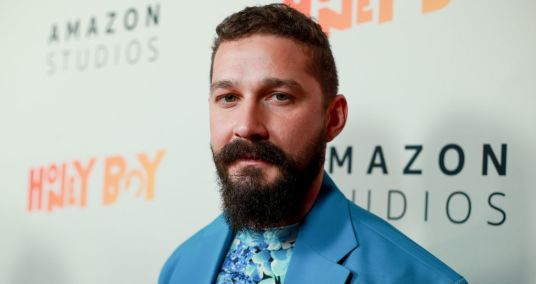
- EntertainmentLA Times
Viewer demand for TV shows with diverse casts outstrips supply, report says
Audience demand for TV shows with diverse casts outpaced their supply in the last three years, according to a new study that challenges Hollywood assumptions about which programming travels well.
4 min read - EntertainmentLA Times
GLAAD report: Last year's movies failed to include enough queer people of color
Led by movies including "Booksmart" and "Rocketman," LGBTQ representation in film saw its highest recorded year in 2019, but racial diversity dropped.
4 min read - CelebrityYahoo Movies
Viola Davis regrets starring in 'The Help': 'I betrayed myself, and my people'
The award-winning actress and "Vanity Fair" cover star also spoke about the lack of diversity in Hollywood.
4 min read - EntertainmentYahoo Movies
Shia LaBeouf's new movie 'The Tax Collector' called out: '#Brownfacing 2020 style'
The trailer for "The Tax Collector" prompted complaints about LaBeouf "brownfacing" and his character fueling stereotypes.
3 min read - CelebrityYahoo TV
Comedian Cristela Alonzo says her white partner made 3 times more money for former ABC sitcom 'Cristela'
Alonzo said she was paid less than her writing partner on her 2014-2015 show.
3 min read - EntertainmentVariety
Women and People of Color Still Underrepresented Behind the Scenes, Study Says
Representation of women and people of color in feature films has never been better in Hollywood — if it's on screen. The film industry's efforts to diversify leading roles and especially a movie's main cast have paid off admirably over the past decade, according to a new study from UCLA's social sciences division and the UCLA […]
5 min read - EntertainmentVariety
GLAAD: LGBTQ Series Regulars on Broadcast TV Hit All-Time High
The percentage of LGBTQ series regulars on broadcast television in the 2019-2020 season has reached a record high of 10.2%, according to GLAAD's annual "Where We Are on TV" report," up from 8.8% in the previous season. That's 90 out of 879 series regulars on broadcast scripted primetime TV. The study also found that LGBTQ […]






